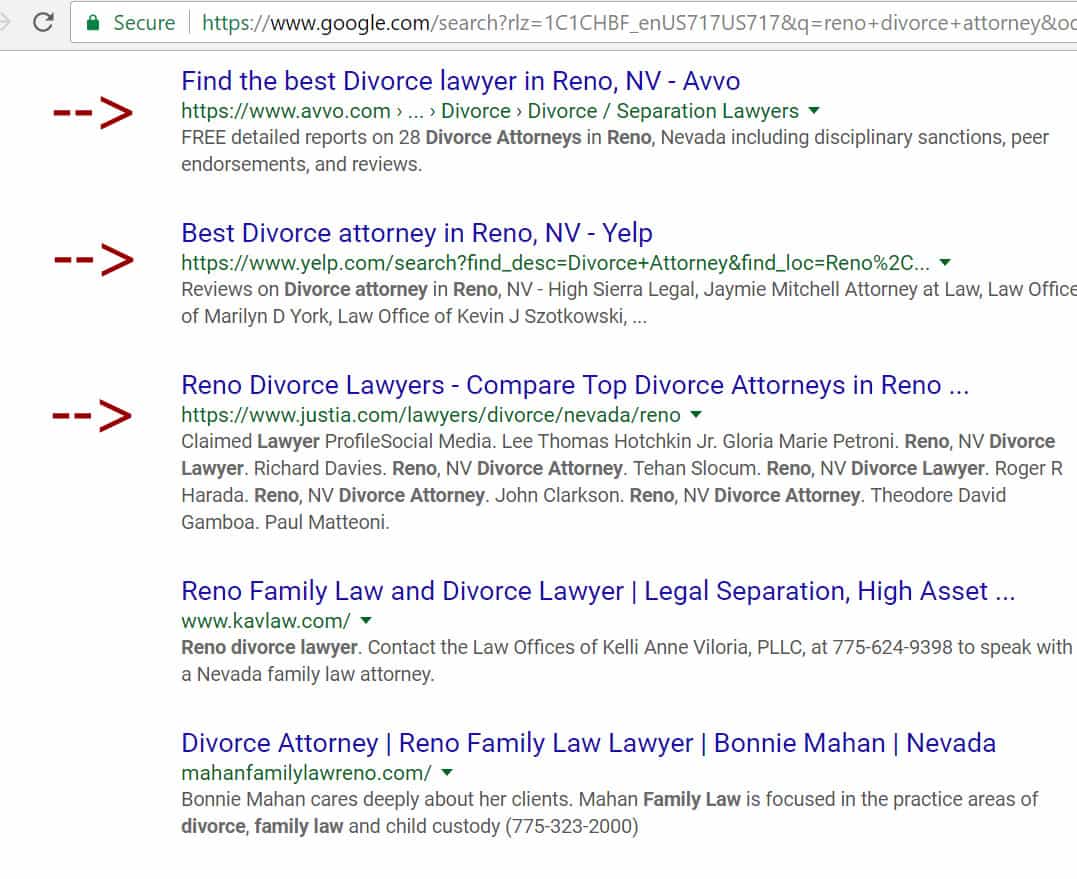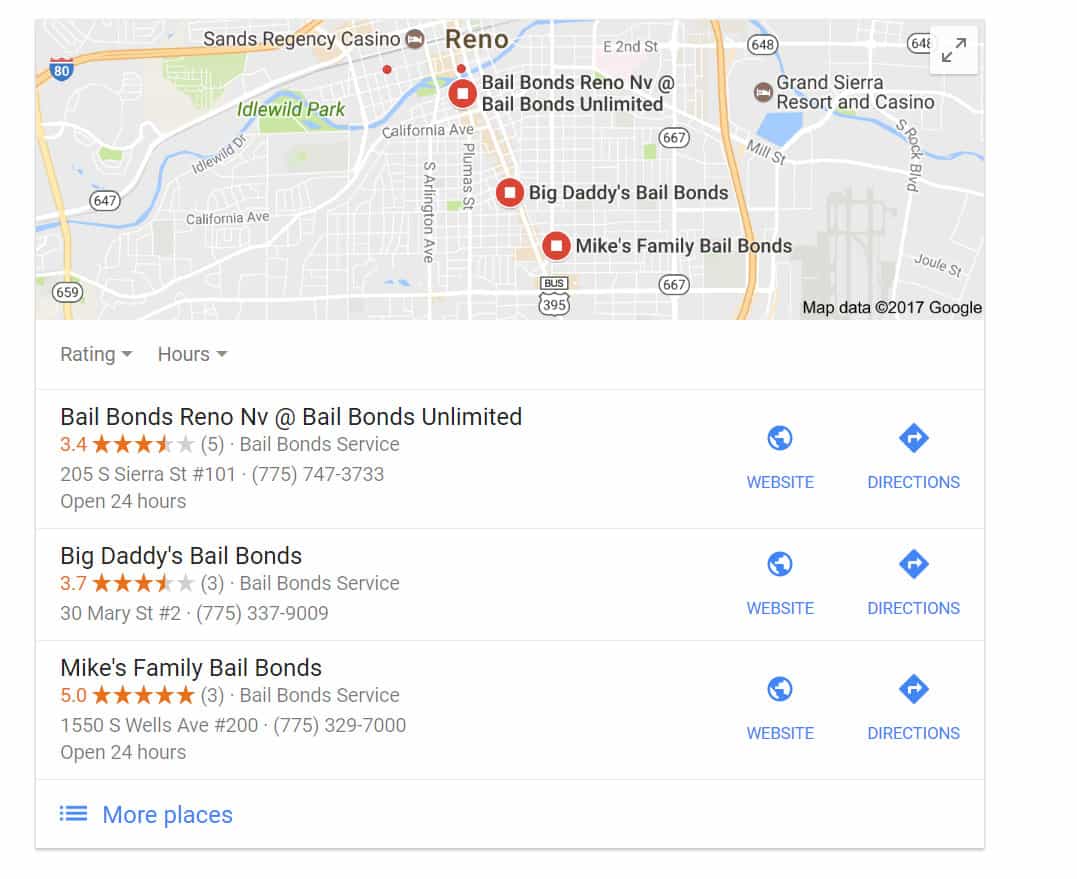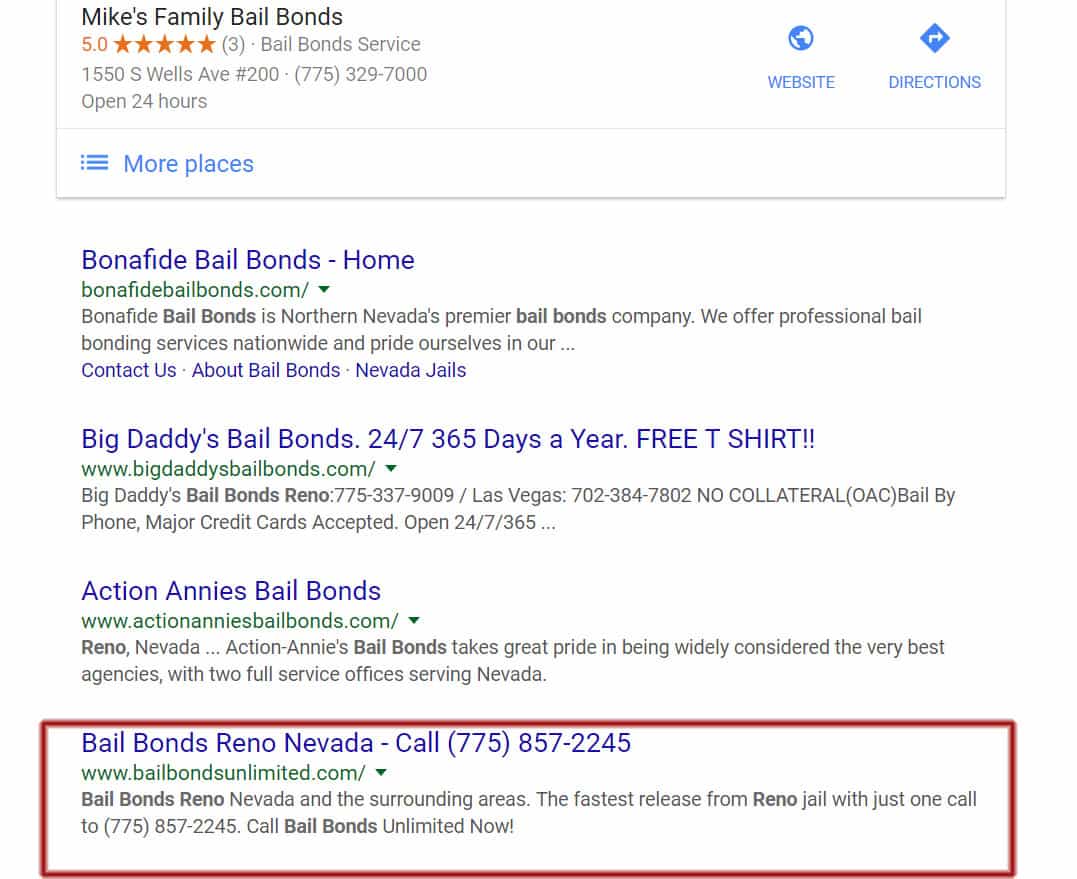
How to do SEO for Law Firm?
30-step guide to help you optimize your Law Firm’s website for better search engine visibility
1. Website Audit: Begin with a thorough audit of your website to identify current SEO strengths and weaknesses.
2. Keyword Research: Conduct detailed keyword research to find terms relevant to your legal services.
3. Competitive Analysis: Analyze your competitors’ websites to understand their SEO strategies.
4. Optimize URL Structure: Ensure URLs are concise, readable, and include relevant keywords.
5. Title Tags Optimization: Create unique and descriptive title tags for each page, including relevant keywords.
6. Meta Descriptions: Write compelling meta descriptions that include targeted keywords.
7. Header Tags: Use header tags (H1, H2, H3) effectively to structure content and include keywords.
8. Content Quality: Produce high-quality, informative content that addresses your target audience’s legal queries.
9. Keyword Optimization: Strategically place keywords in your content without overstuffing.
10. Internal Linking: Implement a robust internal linking structure to help users navigate your site.
11. External Linking: Link to authoritative external sources to enhance content credibility.
12. Mobile Optimization: Ensure your website is mobile-friendly, as most users access the internet via mobile devices.
13. Loading Speed: Improve your website’s loading speed, as slow sites rank lower in search results.
14. SSL Certificate: Secure your website with an SSL certificate for better rankings and user trust.
15. XML Sitemaps: Create and submit XML sitemaps to search engines for better indexing.
16. Robots.txt File: Use a robots.txt file to control which pages search engines can crawl.
17. Structured Data Markup: Implement structured data (schema) to help search engines understand your site’s content.
18. Image Optimization: Optimize images with descriptive file names and alt tags.
19. 404 Error Pages: Fix or redirect 404 error pages to improve user experience.
20. Canonical Tags: Use canonical tags to prevent duplicate content issues.
21. Social Media Integration: Integrate social media on your website for better engagement.
22. Blog Regularly: Regularly publish blog posts on legal topics to attract more visitors.
23. Local SEO: Optimize for local SEO by listing your firm on Google My Business and local directories.
24. User Experience (UX): Improve the overall UX of your website for better engagement and lower bounce rates.
25. Backlink Strategy: Develop a strategy to acquire high-quality backlinks from reputable sites.
26. Monitor Analytics: Regularly monitor your site’s analytics to understand user behavior and make necessary adjustments.
27. Regular Updates: Keep your website’s content updated to remain relevant and authoritative.
28. Compliance with ADA: Ensure your website complies with the Americans with Disabilities Act (ADA) for accessibility.
29. Voice Search Optimization: Optimize for voice search as its usage is on the rise.
30. Continuous Learning: Stay updated with the latest SEO trends and algorithm updates.
Implementing these steps will help your law firm’s website rank higher in search engine results, ultimately leading to increased visibility and potential client engagement. Remember, SEO is an ongoing process, and staying updated with the latest practices is crucial for long-term success.
Let’s delve deeper into each of the 30 steps for optimizing a law firm’s website for SEO:
Website Audit: Start by evaluating your website’s current performance. Check for technical issues, broken links, loading speeds, mobile responsiveness, and existing search engine rankings. Tools like Google Analytics and SEMrush can be helpful.
Keyword Research: Identify keywords relevant to your legal services. Use tools like Google Keyword Planner to find terms your potential clients are searching for. Include both short-tail and long-tail keywords.
Competitive Analysis: Study the SEO strategies of competing law firms. Analyze their website structure, content, keyword usage, and backlink profile. Tools like Ahrefs or Moz can provide insights.
Optimize URL Structure: Ensure your URLs are simple and readable. Use hyphens to separate words and include primary keywords. Avoid long URLs and unnecessary parameters.
Title Tags Optimization: Create unique title tags for each page, using targeted keywords. Keep them under 60 characters to ensure they display properly in search results.
Meta Descriptions: Write meta descriptions that accurately summarize the page content and include keywords. Keep them under 160 characters.
Header Tags: Use H1 tags for main titles and H2, H3 for subheadings. Incorporate keywords naturally.
Content Quality: Create high-quality, informative content that addresses your audience’s needs. Focus on providing value and showcasing your expertise in law.
Keyword Optimization: Integrate keywords naturally into your content, including in the first 100 words of your pages. Avoid keyword stuffing.
Internal Linking: Use internal links to guide users to relevant pages within your site, which helps distribute page authority and improve user experience.
External Linking: Link to authoritative external sites to provide additional value to your readers and build credibility.
Mobile Optimization: Ensure your website is responsive and provides a good user experience on mobile devices.
Loading Speed: Improve your website’s loading speed by optimizing images, leveraging browser caching, and minimizing redirects. Google’s PageSpeed Insights is a useful tool for this.
SSL Certificate: Secure your website with HTTPS. This is a ranking factor for Google and also builds trust with visitors.
XML Sitemaps: Create an XML sitemap and submit it to search engines to help them index your website more effectively.
Robots.txt File: Use the robots.txt file to guide search engine crawlers on which pages to index and which to ignore.
Structured Data Markup: Implement schema markup to help search engines understand the context of your content, potentially leading to rich snippets in search results.
Image Optimization: Compress images for faster loading and use descriptive file names and alt tags containing relevant keywords.
404 Error Pages: Fix or redirect broken links to improve user experience and maintain link equity.
Canonical Tags: Use canonical tags to prevent issues with duplicate content, especially if you have similar or identical content across multiple URLs.
Social Media Integration: Include social media sharing buttons and links to your profiles to enhance engagement and traffic.
Blog Regularly: Publish regular blog posts on legal topics, industry news, or case studies to attract and engage your audience.
Local SEO: Optimize for local searches by claiming your Google My Business listing, managing local citations, and including location-specific keywords in your content.
User Experience (UX): Focus on creating an intuitive navigation structure, using engaging visuals, and providing clear calls-to-action.
Backlink Strategy: Develop a plan to acquire quality backlinks through guest blogging, partnerships, and legal directories.
Monitor Analytics: Use Google Analytics to track visitor behavior, traffic sources, and engagement metrics. Use these insights to refine your SEO strategy.
Regular Updates: Regularly update your website’s content to keep it fresh and relevant. This could include updating blog posts, revising service pages, and posting new legal insights.
Compliance with ADA: Ensure your website is accessible to all users, including those with disabilities, by following ADA guidelines.
Voice Search Optimization: Optimize for voice search by including conversational keywords and FAQs on your website.
Continuous Learning: Stay updated with SEO trends and Google’s algorithm updates. Regularly educate yourself and adapt your strategies accordingly.








